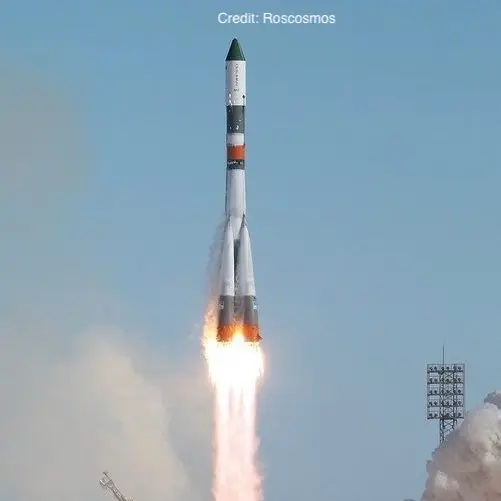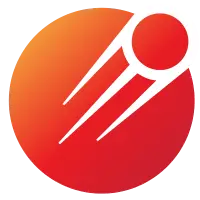Soyuz 40
Launch Success
Liftoff Time (GMT)
17:16:38
Thursday May 14, 1981
Mission Details
Soyuz 40
The Soyuz 40 mission was a 1981 Soviet crewed spaceflight and the final flight of the Soyuz 7K-T spacecraft. It was a collaboration between the Soviet Union and Romania. Soyuz 40 was the 16th expedition to Salyut 6 and carried the ninth international crew. It also ended the first phase of the Intercosmos program by carrying Romanian cosmonaut Dumitru Prunariu and Soviet cosmonaut Leonid Popov to the station. In all, nine Intercosmos missions were launched between 1978 and 1981. Soyuz 40 was the last of the original Soyuz spacecraft (due to its replacement by the Soyuz-T) and the last Soyuz spacecraft to dock with Salyut 6. During the crew's stay, Prunariu studied the Earth's magnetic field. Earth observations had to be delayed until the last day of the flight, when Salyut 6 passed over Romania in daylight. During this time the crew also tested the station's orientation system. This is Soyuz's 61st flight, and 42nd crewed flight. The Soyuz is a Soviet crewed spaceship, developed to made manned lunar missions. This version called 7K will fly 4 times on the giant launcher N1, and several tens of times on Proton to fly over the Moon, which will be successful during the mission Zond 4. Soyuz will become the first spacecraft to transport living beings to the Moon during the flight of Zond 5, with two turtles. Subsequently, it is adapted to low orbit and will fly on the Soyuz launcher to serve the Salyut and Mir stations and the ISS.
Low Earth Orbit
1 Payload
6,800 kilograms
Rocket


Manufacturer
RKK EnergiyaPrice
$20.00 million
Rocket
Height: 51.32m
Payload to Orbit
LEO: 6,860 kg
GTO: 0 kg
Liftoff Thrust
4,456 Kilonewtons
Fairing
Diameter: 3m
Height: 15.59m
Stages
3
Strap-ons
4
Launch Site
Stats
Soyuz U
239th
Mission
16th
Mission of 1981
RKK Energiya
1498th
Mission
37th
Mission of 1981
1981
44th
Orbital launch attempt